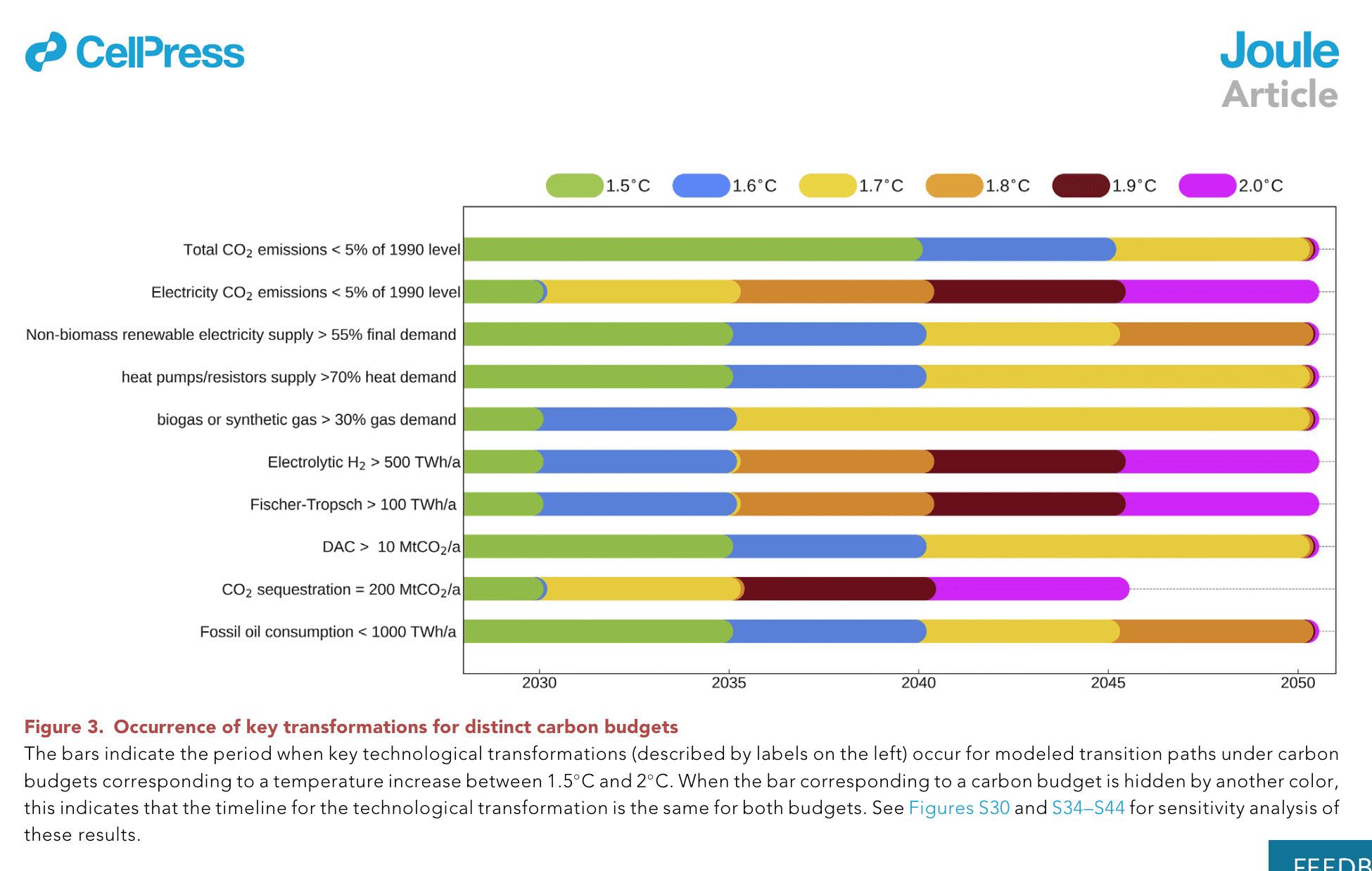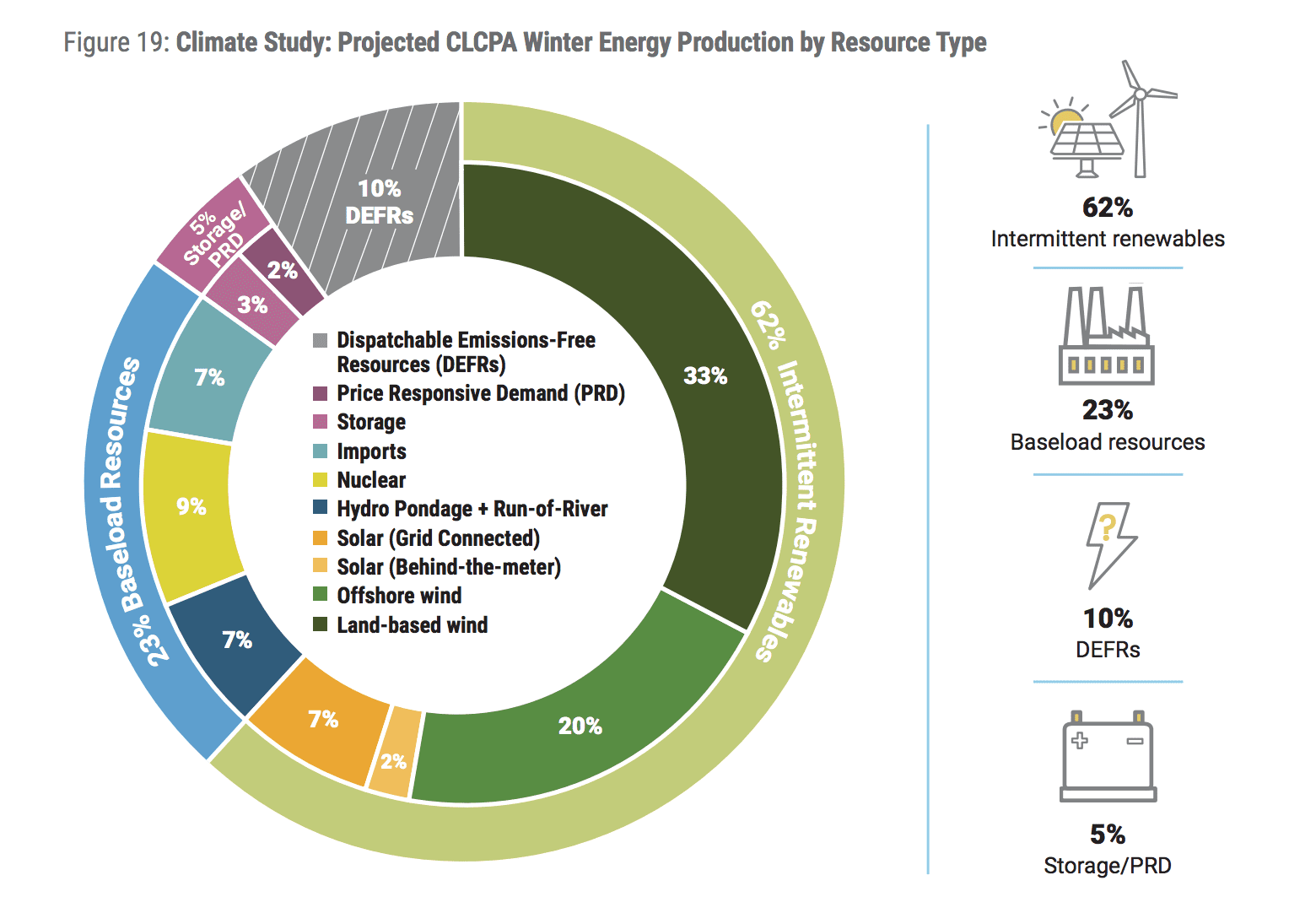Accurate information about energy is important. To prevent climate change from getting worse, we have to build new infrastructure quickly and for that to happen, people have to agree to it. New technology will not be a factor in the short timeline to achieve the 2030 goal of cutting emissions in half, but fortunately we already have the technology we need to begin. These rules informed us as we developed Energetic, a teaching method matched to the real world. Energetic is now part of class curriculum at Bronx Science, Hunter College High School, Brooklyn Tech, and sixteen other high schools in New York City, along with Carnegie Mellon, Vanderbilt University, Wofford College, and soon the University of the Virgin Islands, with which we are working on a version for the Caribbean. Energetic has also been used in classes by Yale, Brown, and Harvard. Companies and institutions including Boston Consulting Group, NYSERDA, Con Ed, and the New York Power Authority have bought sets.
With Energetic, we can teach every high school kid in the US, and then around the world, how to fix climate change with accurate, updatable info, scaling from a three hour game to a full semester lesson plan. With project underwriting, we can match each game to the region in which students live. Watch below for feedback from teachers and students:
What does ‘solving climate change’ mean, and why does education matter?
Climate change is a social contract problem that involves everyone. There are no precise outcomes from changes in public consent for new infrastructure and for behavioral change, yet those two changes are essentially what decarbonization is. Two steps, rapidly building a zero carbon energy supply, and rapidly changing our demand to match the supply, are the principal means of ‘solving climate change’ in the real world.
For a deeper look at the scope of change, see this report from Cambridge University and the university consortium UK FIRES: “Entrepreneurs, not emissions” (note the section on anticipated demand for education that makes it possible to create and flourish in a zero carbon world).
Listen to (or read) this interview with professor of sustainable energy policy Emily Grubert on navigating the social and logistical challenges of the energy transition as it approaches the mid-point. Grubert’s analysis calls for more transparency about the challenges, so that the politics don’t go astray. See the paper here: “Designing the Mid-Transition: A Review of Medium-Term Challenges for Coordinated Decarbonization in the United States” from Emily Grubert and Sara Hastings-Simon.
Resources to grasp the scale of building necessary
In the graph below, the green bars show what needs to be achieved in order to stay within the Paris Agreement goal of 1.5°C (shown here with the European Union as a model). For example, electricity must be zero carbon by 2030, as shown by the green bar, or by 2035 if setting 1.7°C as the target, shown by the yellow bar.
Where do we stand in terms of the above timeline? It’s important for the public to know this, so we can know how hard to push, what plans to make, and make it possible to find agreement ahead of time to build faster. An example: Mark Jacobson’s Wind Water and Solar plan for New York State relies on several thousand offshore wind turbines (about 5000 12MW turbines for 67 GW nameplate, given their higher capacity factor). Just to visualize it, to build this generation capacity at a 1.5°C pace (very fast) might then require immediate construction of 16 wind turbine installation ships for New York State. If the ships are ordered in 2022 and are put to sea in 2024, the fleet could begin building 16 turbines per week, completing the wind farms by 2030.
Alternatively, fewer ships would put up fewer turbines by 2030. The NREL Supply Chain Road Map for Offshore Wind calls for 5 to 6 ships installing 2100 turbines by 2030, at a slightly faster rate of production per ship.
At present there is one ship under construction on the East Coast.
Additional info:
New York Power Authority projections:
These examples aim for a zero carbon grid by 2040; a rough comparison to the EU metrics puts that at 1.8°C. Below is the NY ISO projection (p. 45) for meeting New York State’s Climate Leadership and Community Protection Act (CLCPA) goals:
New York Independent System Operator, responsible for the grid: NY ISO 2021 – 2030 Comprehensive Reliability Plan, showing the scale of increase of storage to balance renewables.
Global emission reduction for 1.5°C:
In the past ten years, New York State has eliminated coal as a fuel source for electricity generation, but increased its dependence on natural gas:
And it is sometimes shown that from an equity standpoint, the US has already overdrawn its 1.5°C budget:
Decarbonization only happens with permission. People everywhere are going to need to see and understand the scope before projects are on the ballot or shown in a meeting, and developers need a prepared public to communicate with. Relative to any other step, as a real world function, public education is the game changer and the highest ROI.
Read more about permission and consequences.
This post was updated on August 1, 2024



